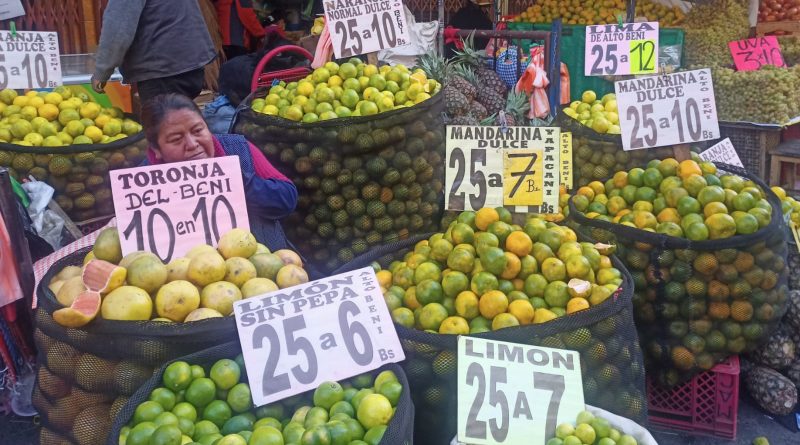Bolivia touts the region’s lowest inflation rate, with 3.17 percent interannual inflation as of November. The governing Movimiento al Socialismo (MAS) party has managed to spare Bolivians much of the inflationary pain of the last year. Having a fixed exchange rate helps anchor people’s expectations and stabilizes prices. All of this has contributed to Bolivia’s steady economic growth. Holding the boliviano strong against the dollar has the effect of making imports cheaper.
$3.6 billion of contraband enters Bolivia a year, which would be equivalent to 9 percent of its GDP. The situation is more complicated for producers, who might find imported goods getting cheaper but whose exports are less competitive. The fixed exchange rate and subsidies have their cost, one that is becoming harder to bear the longer current global economic conditions prevail. “No economy will be immune, nor its defences impenetrable, if the external problems extend beyond 2022,” Loza says. Bolivia’s reserves fell by almost $1 billion in the last year despite a trade surplus.
The most immediate way to stem the loss of reserves and reduce the deficit would be to adjust the dollar peg or reduce fuel subsidies. The IMF estimated Bolivia will have spent about $1.5 billion, equivalent to 3.7 per cent of its GDP, subsiding fuel in 2022. “Subsidizing the price of hydrocarbons is what constitutes the biggest hole in this country’s fiscal balance”.















